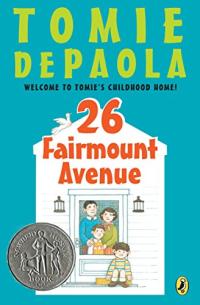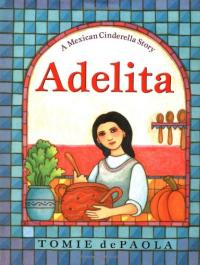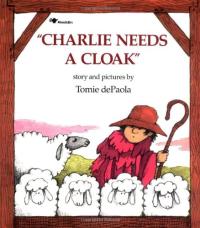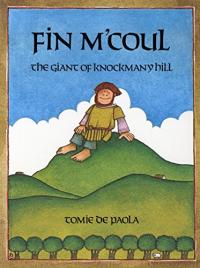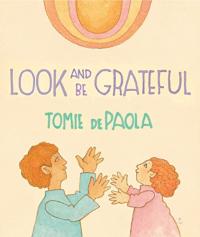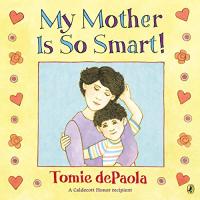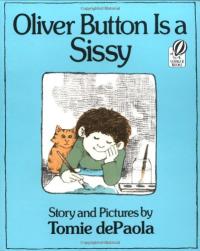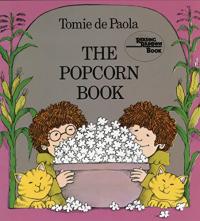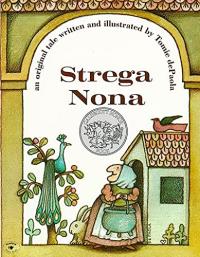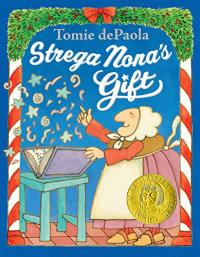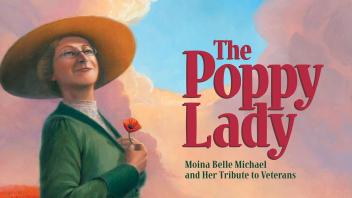
Biography
Tomie dePaola (da POW la) is one of today’s most recognized names in the world of children’s literature. His charming characters and distinctive artistic style make his picture books appealing to both children and adults. He has published folktales, nursery rhymes, board books, religious books, chapter books, and more. All in all, dePaola has illustrated over 200 children’s books and written stories for nearly half of them.
But Tomie dePaola’s popularity reaches beyond his books. He was a warm and energetic person who loved children and knew how to entertain a crowd. Over the years, dePaola visited elementary schools, taught college classes, and traversed the country on book tours. He has been featured by large media outlets such as NBC, NPR, and USA TODAY. When dePaola presented a signed copy of his artwork to former First Lady Hillary Clinton, she exclaimed, “Oh, Tomie, I just love you!” DePaola’s outgoing personality has also led to various guest appearances on public television’s Barney and Friends.
A Storied Life
Tomie dePaola grew up in the small town of Meriden, Connecticut in the 1930’s and 40’s. At the age of four, he announced to his family, “I am going to be an artist when I grow up, and write stories and draw pictures for books.” During his childhood, dePaola painted and drew in his attic “studio” and asked for art supplies each Christmas. In 1956, dePaola received a bachelor’s degree in Fine Arts from Pratt Institute in New York. In 1965, he began illustrating children’s books.
Throughout his successful career, Tomie dePaola has been recognized for his artistic talents. In 1976 his illustrations for Strega Nona earned him the American Library Association’s Caldecott Honor. But it was only recently that dePaola became an award-winning author as well. When an irresistible letter from a fourth-grade girl begged him to write a chapter book, dePaola started writing down childhood stories. By 1999, dePaola and his editor had shaped these stories into a book called 26 Fairmont Avenue. The following year this first attempt at a chapter book won a prestigious Newbery Honor.
For many years, Tomie dePaola lived in rural New Hampshire and worked from his studio in a renovated 200-year-old barn. Each year he published new books and received 100,000 fan letters. Tomie passed away on March 30, 2020. A tribute website — Remembering Tomie — has been created as a place where anyone can share their memories of Tomie and his books.
Books by this illustrator

Erandi’s Braids
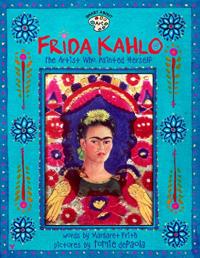
Frida Kahlo: The Artist Who Painted Herself
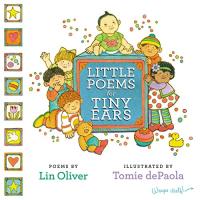
Little Poems for Tiny Ears
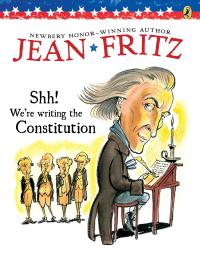
Shhh! We’re Writing the Constitution

The Tale of Rabbit and Coyote
Find this author’s books on these booklists
Themed Booklist
Fall Harvest of Books
Themed Booklist
Holiday Buying Guide 2015
Themed Booklist
Holiday Buying Guide 2019
Themed Booklist
Our Favorite Audiobooks
Themed Booklist
Our Favorite Wordless Picture Books
Themed Booklist
Remembrance and Giving Thanks
Themed Booklist
Secrets of Science
Themed Booklist
Selected Books for December Celebrations
Themed Booklist
Summer Reading Guide 2011
Themed Booklist
Ten Books for Spring
Themed Booklist
